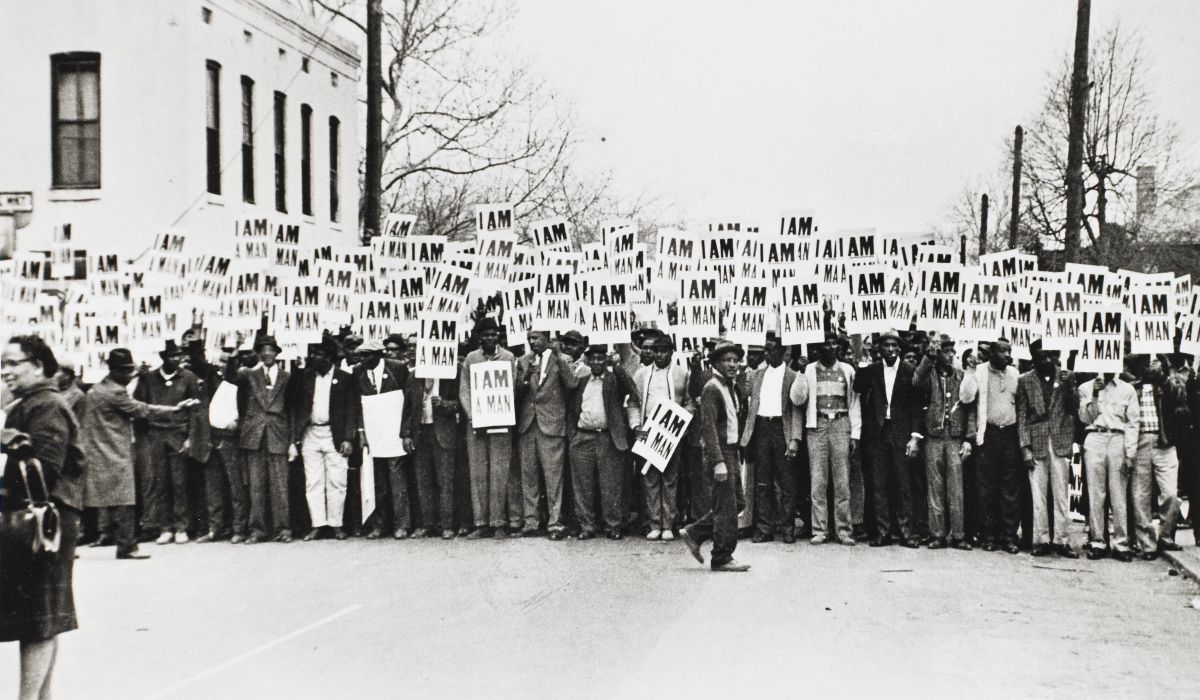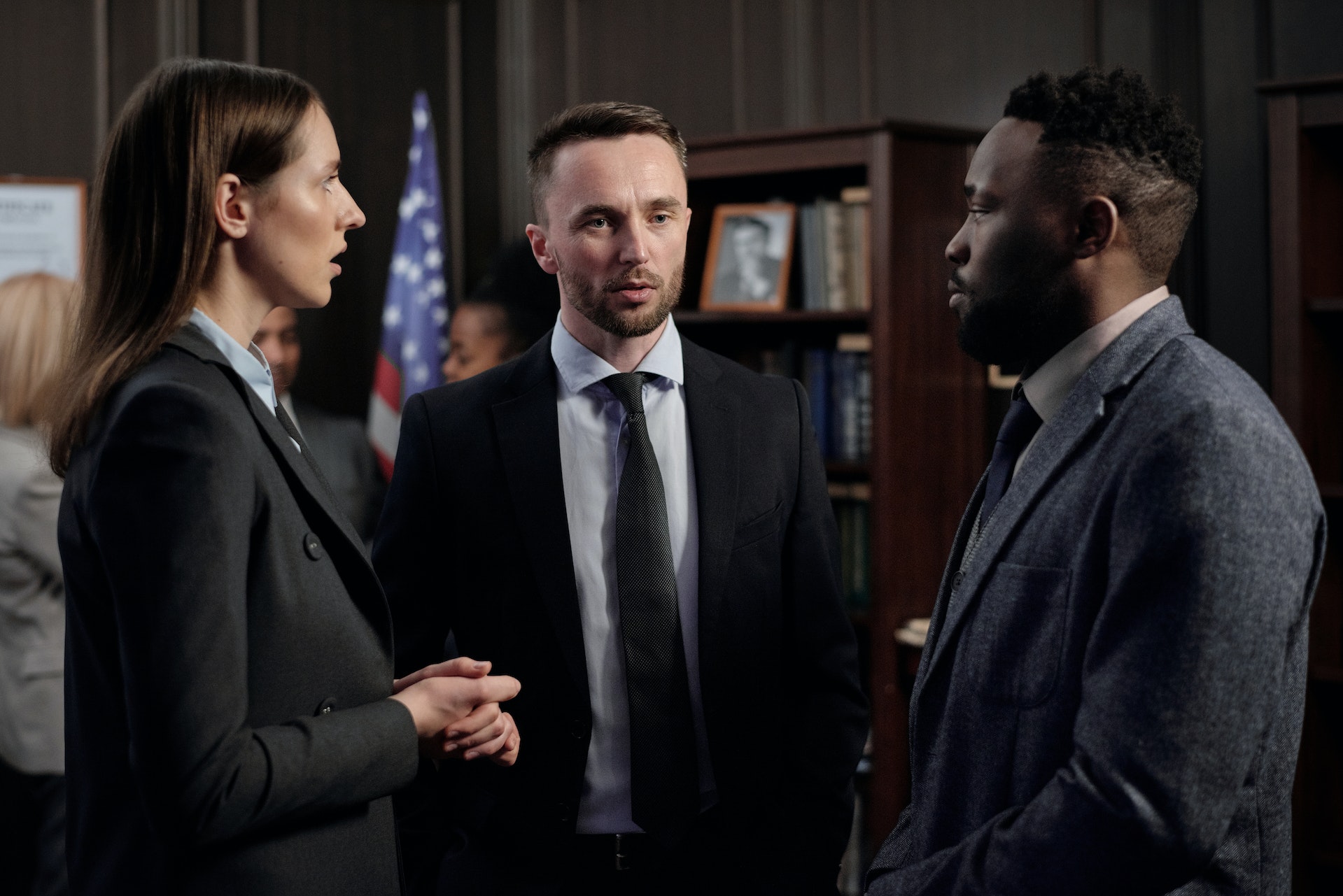4 Women and a Garbage Strike
Place yourself in the late 1960s in Memphis, Tennessee not long after the assassination of Dr. Martin Luther King, Jr. The Memphis wounds had not even begun to heal and, indeed, no one knew what to make of the tragedy. The City had just suffered through race riots. Inequality and prejudices permeated all aspects of life. All local issues became “black and white” in a very real sense. A “City Divided” aptly described Memphis at that juncture.
Enter the newly formed Panel of American Women – Memphis Chapter. The Panel initially consisted of four women almost always described in reports as “a Jew, a Catholic, a Black and a White”. These women, armed with nothing more than an eagerness to learn what they did not know, spread out across the Memphis community holding panel discussions on racism, education inequity and unfair wages. The Panel members, with their varied backgrounds, discussed raising children in climates of fear and hate.
These women were housewives and mothers. The politicians, legislators, business leaders and church leaders were not among them. What could this Panel do except encourage a civil dialogue on the issues threatening to tear apart the fabric of society. And listen.
After the Panel began these forums, Memphis confronted a second possible sanitation workers’ strike. The City and sanitation workers had broken off negotiations over hours, wages and working conditions. The Human Relations Committee for the City turned to the Panel for help. The Panel organized the “Concerned Women of Memphis” where 3 busloads of women from all over the town visited the homes of sanitation workers and their families. These women, directly confronted with poverty, found workers in difficult positions, not men unwilling to work. They were fellow citizens. The Concerned Women of Memphis marched on the City Council demanding change and resolution to the conflict. That very day the City Council, denying that the Panel’s actions had any influence, voted to recognize the sanitation workers’ union with the strike then averted.
By listening to stories and viewpoints of others, by directing the dialogue on these issues, and by encouraging participation, the Panel accomplished things the civic leaders appeared too terrified to even address. Very much to their own surprise, the Panel found itself in the midst of a possible City-wide garbage strike. Without resolution conflict training, negotiation expertise, or knowledge of City workings, the Panel developed and implemented a plan resulting in a solution for a major municipal crisis which had threatened to blossom into further civil unrest.
Studies and articles could be dedicated to the courage demonstrated by these women on the Panel. They placed themselves in tense, racially charged settings knowing that they would be met with hostility simply to begin a discussion. Their defenses were only words. I admire the courage and leave that topic to those expert in such matters.
As a mediator, attorney and parent, I also have admiration for the Panel’s powerful use of civil and blunt discussion on emotionally filled topics combined with the ability to respectfully and carefully listen to opinions and beliefs of others. The Panel did not sidestep difficult issues. They placed the skunk on the table, said that it stinks, and forced all to address it. The Panel acknowledged varying points of view and welcomed input from all groups. That process provided a deeper understanding not only by the Panel members, but presumably also by participants in the discussions. I will seek to remind myself of this approach in my personal and professional life. It worked amazingly well under extreme conditions.
In the current divisive political environment, is it even possible to envision Bernie Sanders and Ted Cruz jointly attending a LGBTQ rally followed up with attendance at a NRA rally? After the events, the Senators could then stay to discuss the issues confronted by, and important to, each group. That scenario may appear remote. Ask yourself whether it is any more remote than 4 women with different religious, economic and racial backgrounds bonding together in a divisive time to plainly address the issues underlying such divisiveness.
Whether a U.S. Senator, local lawyer, mediator, parent or member of the current iteration of the Panel of American Women, we should strive to encourage civil discussion and be able to meaningfully listen to points of view. Perhaps we too, then, may be invited to help resolve the crisis of the day as was the Panel of American Women.





